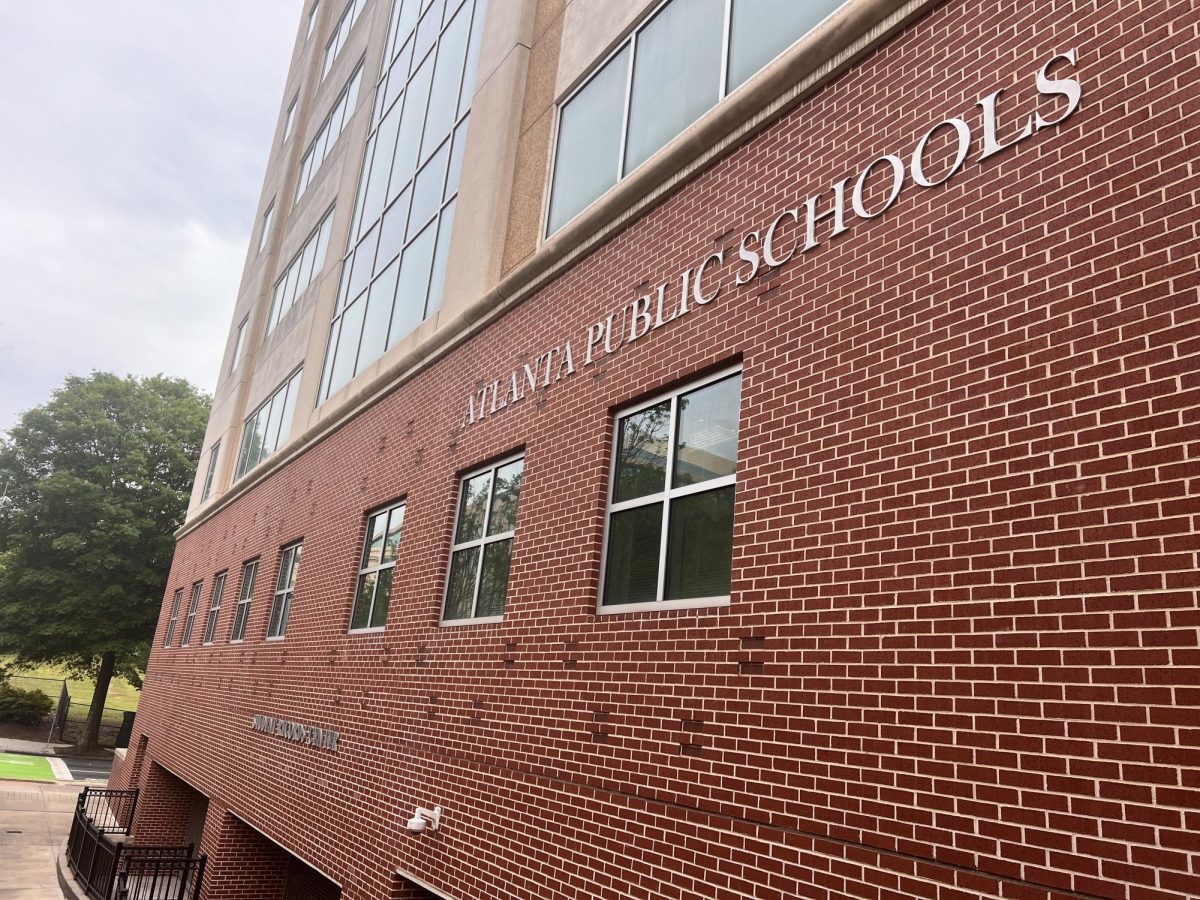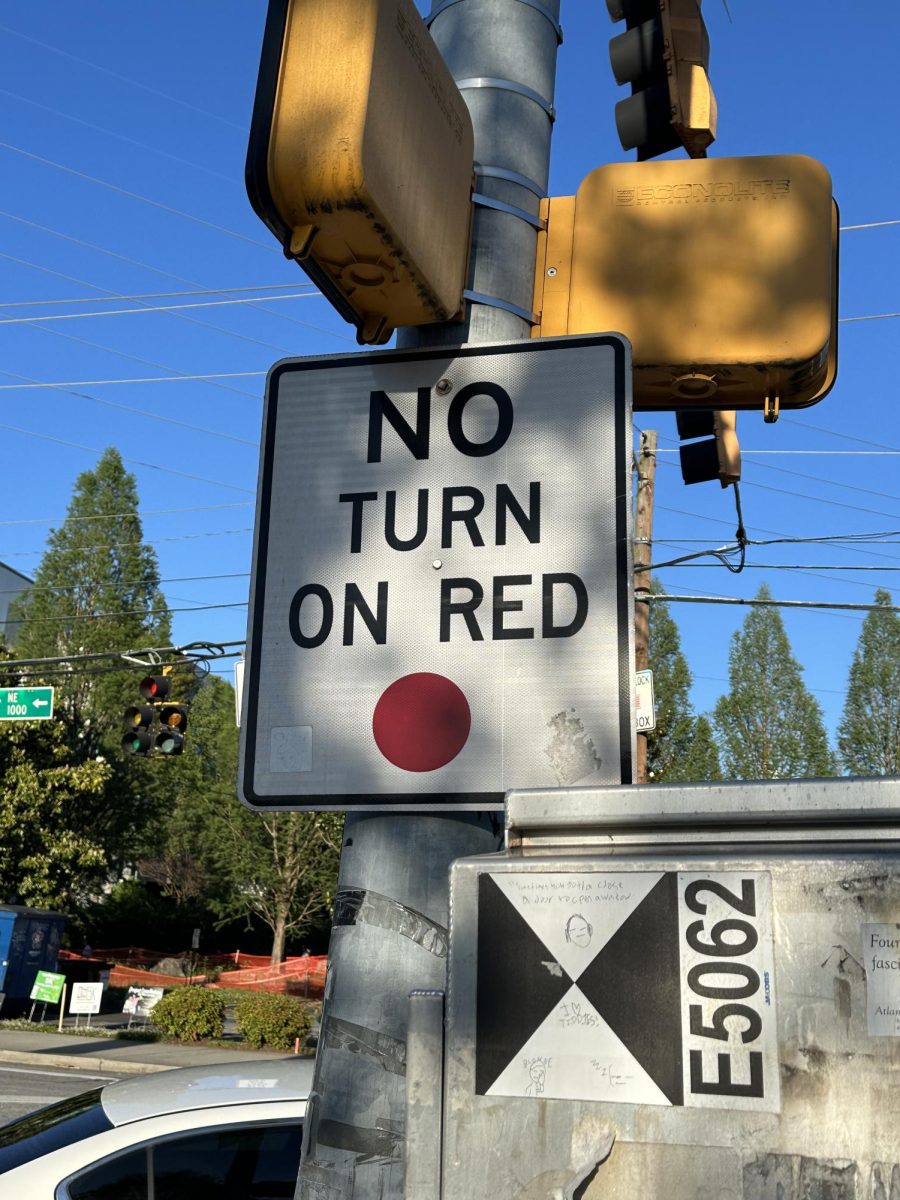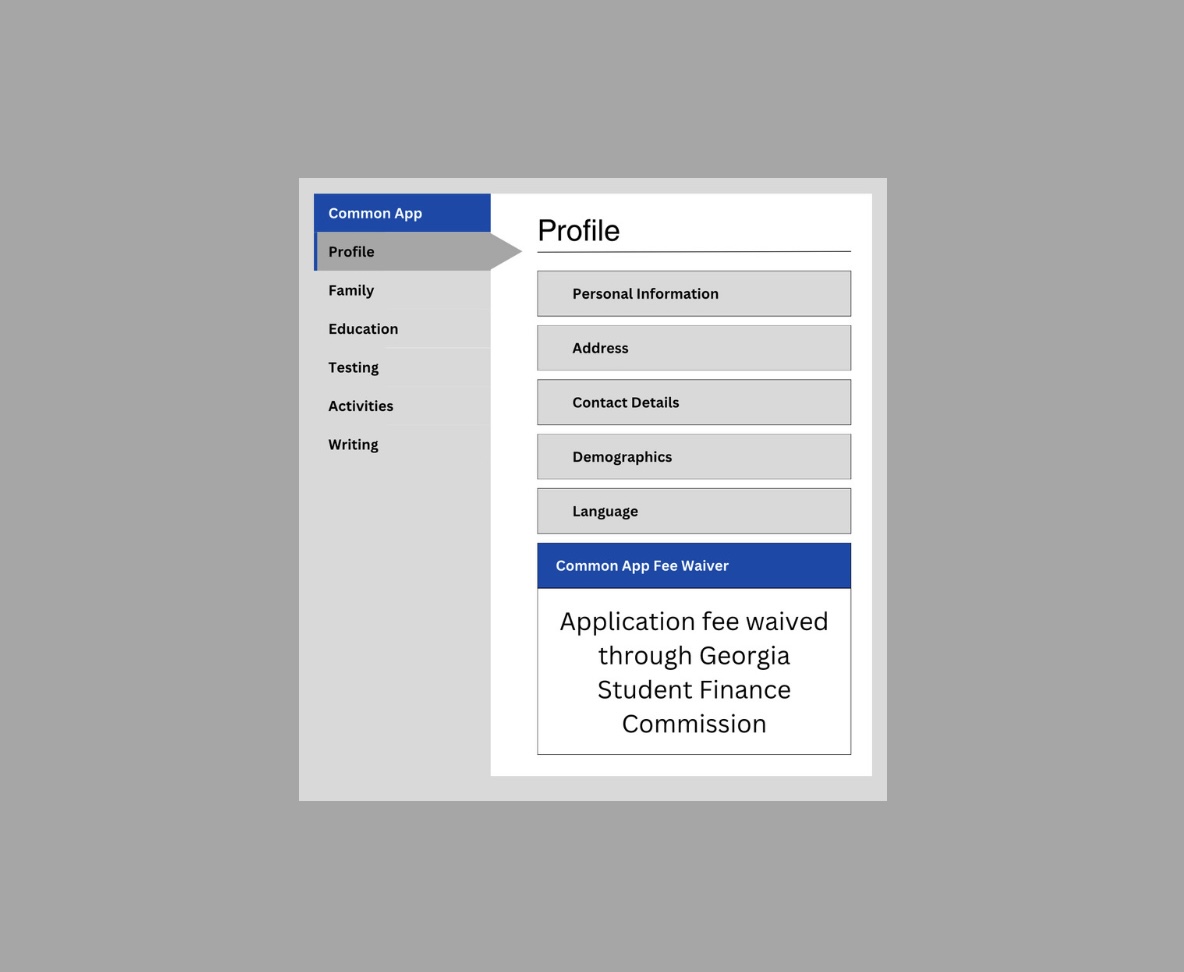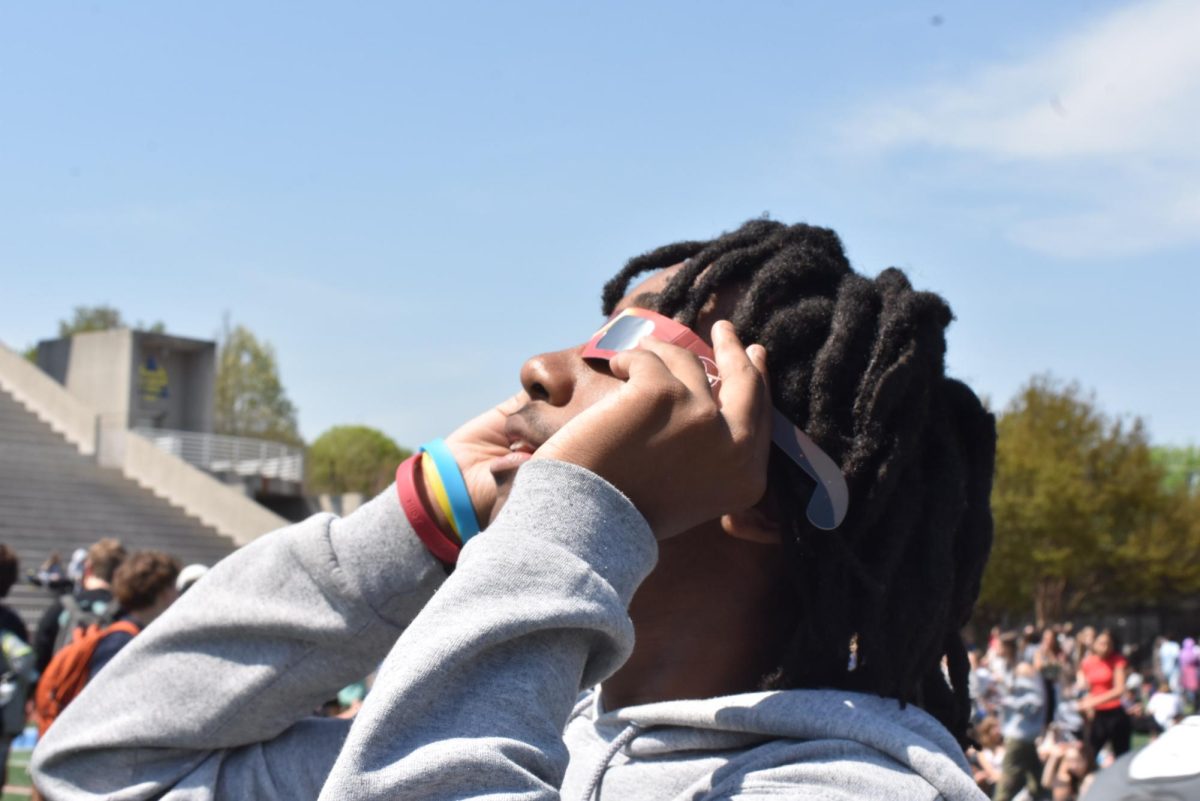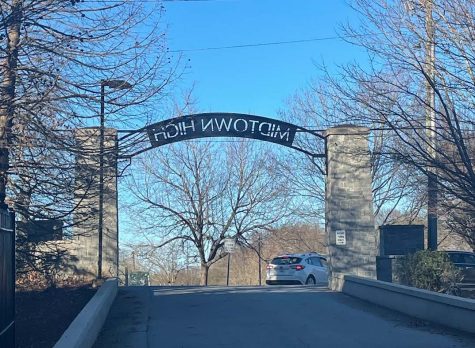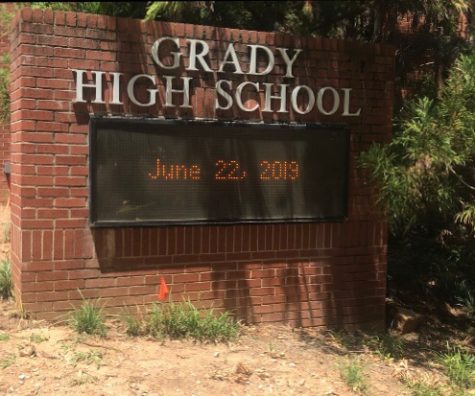Segregation continues despite awareness
October 6, 2017
Dear Editors,
I grew up in a predominantly white neighborhood, went to a predominantly white elementary school and was raised around kids who looked and grew up similar to me. Despite what I was accustomed to during my childhood, going to Inman Middle School and having a very culturally diverse school environment around me for the first time felt very natural. What was shocking to me was that even though we all went to school together, there was a clear divide between the white kids and everyone else.
Walking into my classes in 6th grade, I saw mostly white kids looking back at me. Only in one core class did I have a high number of African-American students, and that happened to be the only on-level class I was taking. Within that class, however, all of the white kids sat alone in a group. Entering Grady this year was an almost identical experience. Nearly all of my core classes are majority white, and the same goes for my extracurriculars. Even when it comes down to who I sit with at lunch or hang out with at football games, I see a monochromatic pattern.
After noticing this, I’m constantly wondering why? Why we aren’t integrating ourselves while we have the perfect opportunity? In the “Deep-rooted self segregation persists” article in The Southerner, there was a quote that answered these questions. “‘I feel like kids, they choose to be around what they see in their neighborhoods, what they see when they go home, who they grew up around,’” said Amir Crowe. This quote got me thinking about the more deep-rooted seeds of racism within us all that we’re not even aware of. When we’re finally exposed to an environment where there are many different races around us, we revert to the natural instinct of “trust what’s familiar,” and we only hang around the people who we’ve always known. It’s not two groups of people purposely avoiding each other, it’s two groups afraid to dive into something new and unfamiliar.
I think there is a way to break down this barrier in future generations. Starting in elementary school, teachers and parents need to make sure students aren’t naturally separating themselves by race, and if they are, they need to make sure to implement strategies that will make students comfortable with each other, regardless of ethnicity. These kinds of inclusion tactics are even more important in middle school because that is the time when students really begin the process of dividing themselves based on race, which continues into high school. If school systems notice a pattern of students doing this, they should put funding into training to inform teachers on how to properly deal with this, instead of just letting these kinds of behaviors continue, where it could negatively affect someone for the rest of their life.
The Southerner publishing this article caused conversations that were long overdue in our school. It was the rude awakening to many people that we are still a divided student body. As young people in a generation where we are born into a world with so many issues, self division doesn’t need to be one of those.
Related article:
https://thesoutherneronline.com/64686/news/individually-we-are-different-together-we-are-divided/

